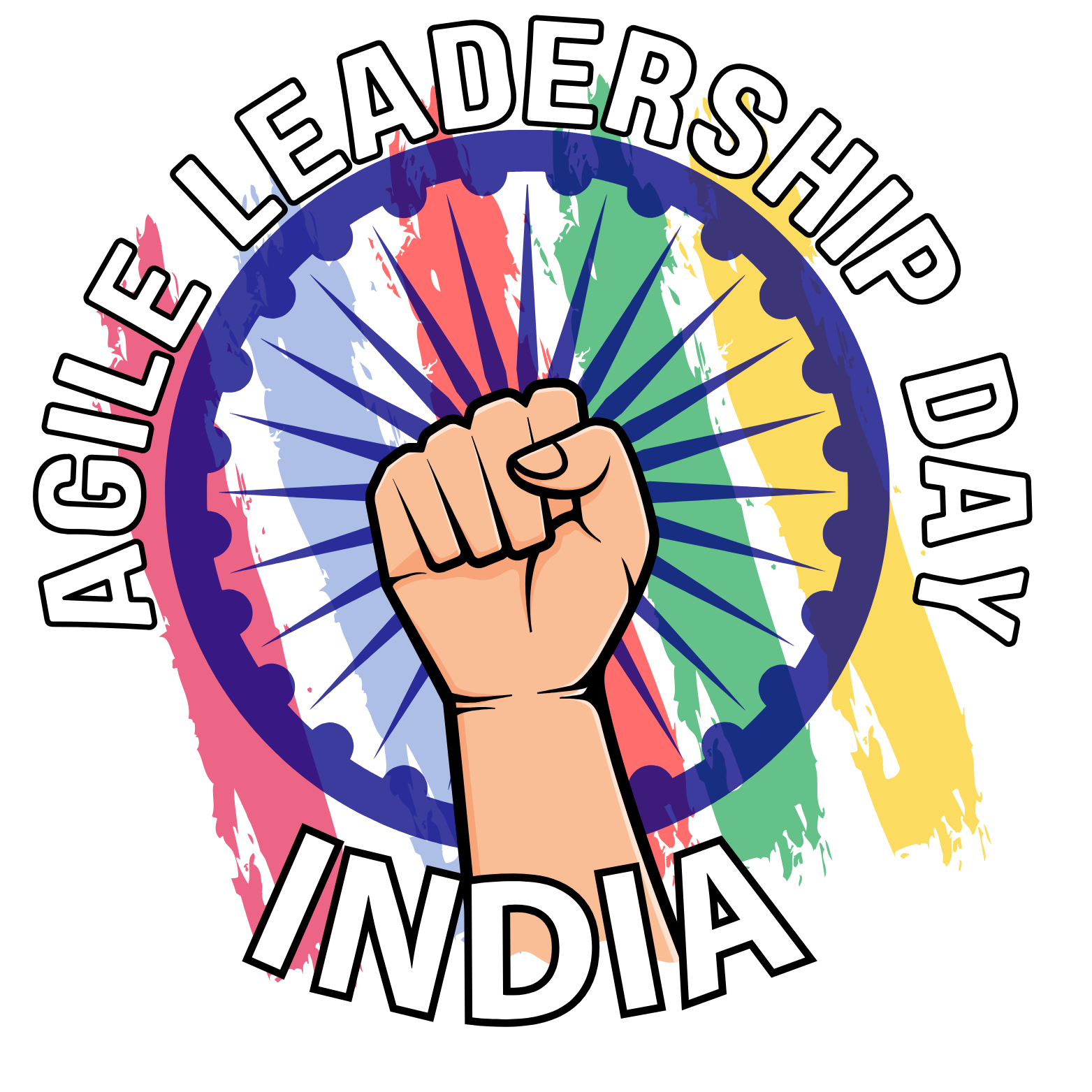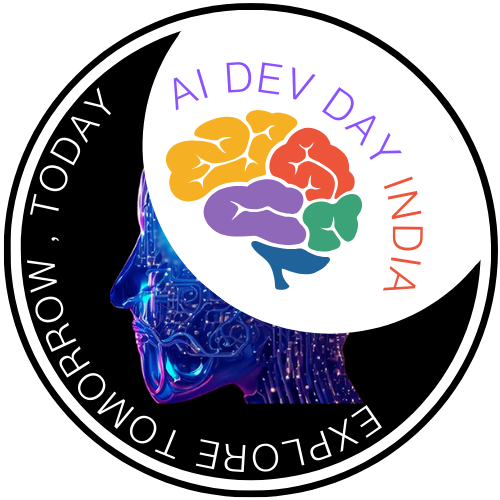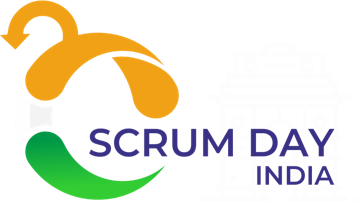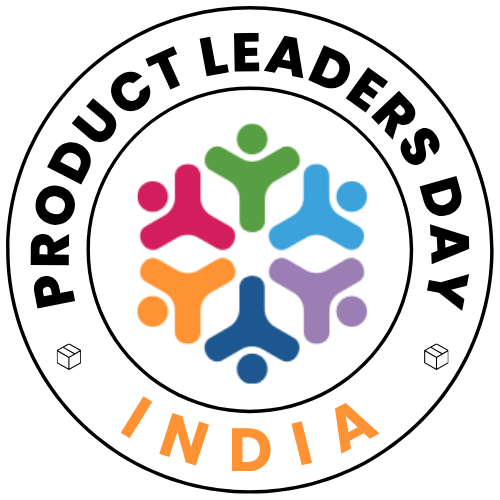Traditional Product Owner vs AI-Powered Product Owner
Dive into this insightful video exploring real-world applications of Artificial Intelligence and comparison Traditional Product Owner and AI-Powered Product Owner .
Being a Product Owner (PO) has never been an easy job. You’re constantly balancing business goals, customer needs, and development capacity. Traditionally, Product Owners have relied on experience, intuition, and stakeholder input to make decisions.
But now, with the rise of Artificial Intelligence (AI) and Generative AI (GenAI), the role of the PO is undergoing a transformation.
Let’s dive deeper.
The Traditional Product Owner
The Traditional PO plays a vital role, but works in ways that are mostly manual and time-intensive:
- Stakeholder inputs → Gathering requirements and opinions through meetings, emails, or workshops.
- Backlog prioritization → Deciding what’s important based on gut feeling, business pressure, or loudest voices in the room.
- Customer understanding → Conducting surveys, interviews, or reviewing research reports.
- Competitor analysis → Manually scanning websites, comparing features, and reading industry reports.
- Decision-making → Relying on personal experience, instinct, and limited (often outdated) data.
The AI-Powered Product Owner
Now let’s meet the AI Product Owner (AI PO) — the same role, but augmented with the superpowers of AI. An AI PO leverages Machine Learning, Generative AI, and Predictive Analytics to:
- Customer Understanding: Use AI-driven sentiment analysis and behavior predictions to know what customers want before they even say it.
- Backlog Prioritization: Apply AI models that consider customer value, cost, and risk — making prioritization data-driven.
- Product Discovery: Generate and validate product ideas rapidly with AI simulations and user insights.
- Competitor Analysis: Automate competitor scans across websites, app stores, and reviews — in minutes, not weeks.
- Day-to-Day Productivity: Use tools like ChatGPT to write user stories, acceptance criteria, or stakeholder updates quickly.

Side-by-Side Comparison
| Area | Traditional Product Owner | AI-Powered Product Owner |
|---|---|---|
| Decision-making | Based on intuition or pressure | Data-driven, predictive insights |
| Customer understanding | Surveys and reports | Real-time analytics, sentiment tracking |
| Backlog management | Manual, subjective | AI-supported, value-driven |
| Competitor analysis | Time-intensive, manual | Automated, real-time, predictive |
| Speed | Slower | Faster due to automation |
| Innovation | Limited by time | Enhanced by AI idea generation |
| Communication | Manually crafted reports | AI-assisted storytelling & visualizations |
Why This Shift Matters
The world is changing fast:
- Customers expect personalized experiences.
- Businesses demand faster time-to-market.
- Competitors are increasingly AI-first.
If Product Owners stick only to traditional methods, they risk being outpaced. An AI PO can:
- Deliver better products, faster.
- Free up time from repetitive work to focus on vision and strategy.
- Position themselves as future-ready leaders in their organizations.
The Human + AI Partnership
A big question people ask: “Will AI replace Product Owners?” The answer is: No.
AI provides data, insights, and automation. But the human Product Owner brings:
- Empathy to understand human needs.
- Judgment to weigh trade-offs.
- Context to align with business strategy.
- Leadership to inspire teams and stakeholders.
How to Become an AI-Powered PO
Here’s a simple roadmap:
- Learn the basics of AI and GenAI — Understand what supervised learning, NLP, and predictive analytics mean.
- Experiment with tools — Try AI chatbots, backlog prioritization tools, and sentiment analysis platforms.
- Bring AI into Scrum events — Use AI to help in backlog refinement, sprint planning insights, or sprint reviews.
- Focus on ethics — Always ensure AI use is responsible, fair, and transparent.
- Take structured training — The PSPO-AI Essentials course from Scrum.org is designed to give POs the confidence to integrate AI into their practice.
Ready to combine your Scrum expertise with AI capabilities and future-proof your career?
Become an AI-Powered Product Owner



